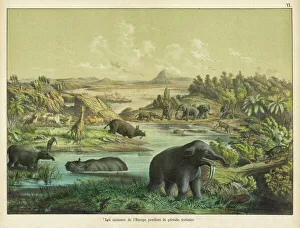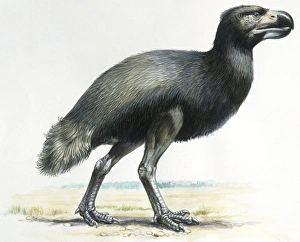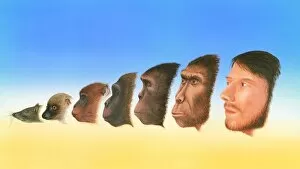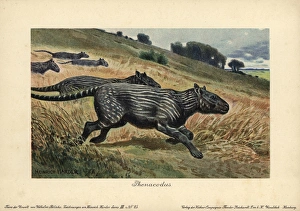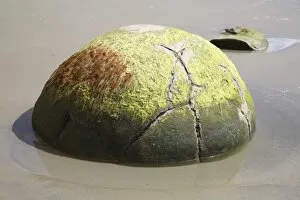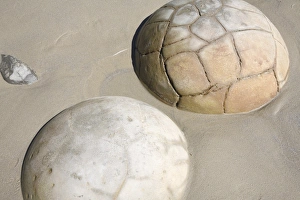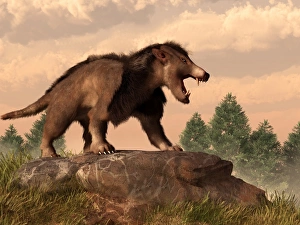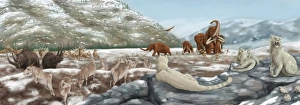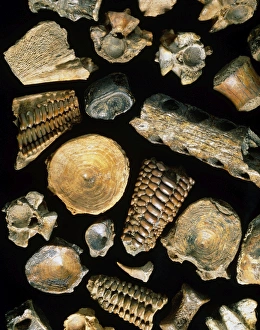Paleocene Collection
"Exploring the Paleocene: A Glimpse into Europe's Prehistoric Tertiary Landscape" Step back in time to the Paleocene
All Professionally Made to Order for Quick Shipping
"Exploring the Paleocene: A Glimpse into Europe's Prehistoric Tertiary Landscape" Step back in time to the Paleocene, a fascinating era of prehistory that unfolded during the Tertiary Era. This captivating period witnessed dramatic changes in Europe's landscape and marked significant milestones in evolution. Among the diverse creatures that roamed this ancient land were remarkable ungulate mammals like Phenacodus, an extinct genus whose remains provide valuable insights into our planet's past. Another intriguing species was Pantolambda, a Paleocene pantodont mammal that once thrived across these lands. As we delve deeper into history, we uncover evidence of human evolution through stunning artwork depicting our ancestors' journey towards modernity, and is awe-inspiring to witness how far we have come since those early days. But humans weren't alone in this ever-evolving world; prehistoric birds also took flight during the Cenozoic era. One such avian marvel was Dyatrima, brought to life through vivid illustrations that transport us back to its majestic presence. Away from Europe's shores lies Koekohe Beach in New Zealand, home to an extraordinary geological wonder known as Moeraki Boulders. These spherical rock formations stand as silent witnesses to Earth's tumultuous past and offer a glimpse into what life may have been like millions of years ago. The Moeraki Boulders captivate all who visit with their mysterious allure and sheer size. Each boulder carries its own unique story etched by time and nature itself—a testament to the enduring power of our planet's forces. So let us embark on this paleontological adventure together—uncovering remnants of long-lost worlds while marveling at the wonders they hold within their grasp. The Paleocene beckons us with open arms, inviting us to explore its secrets and unravel more mysteries hidden beneath its ancient layers.

